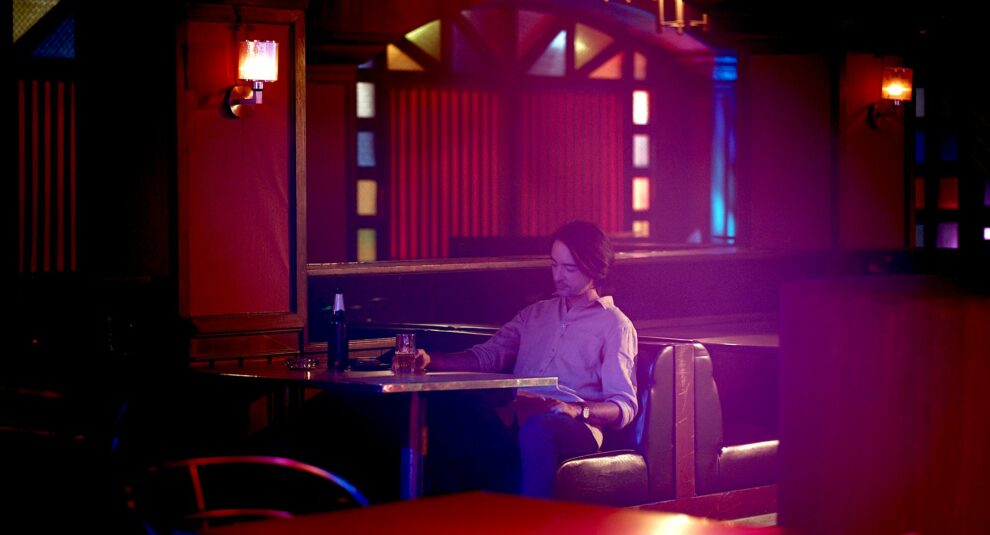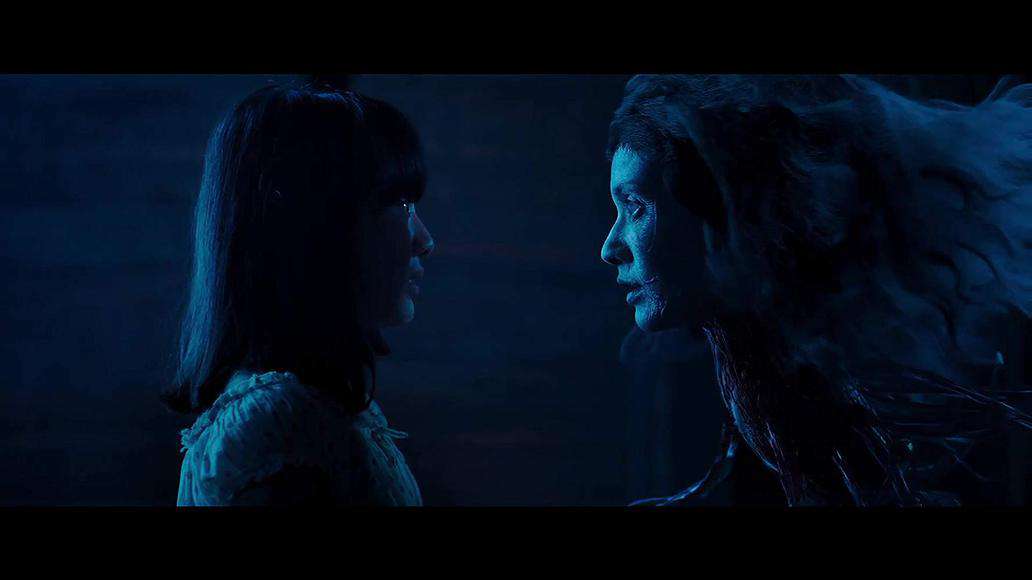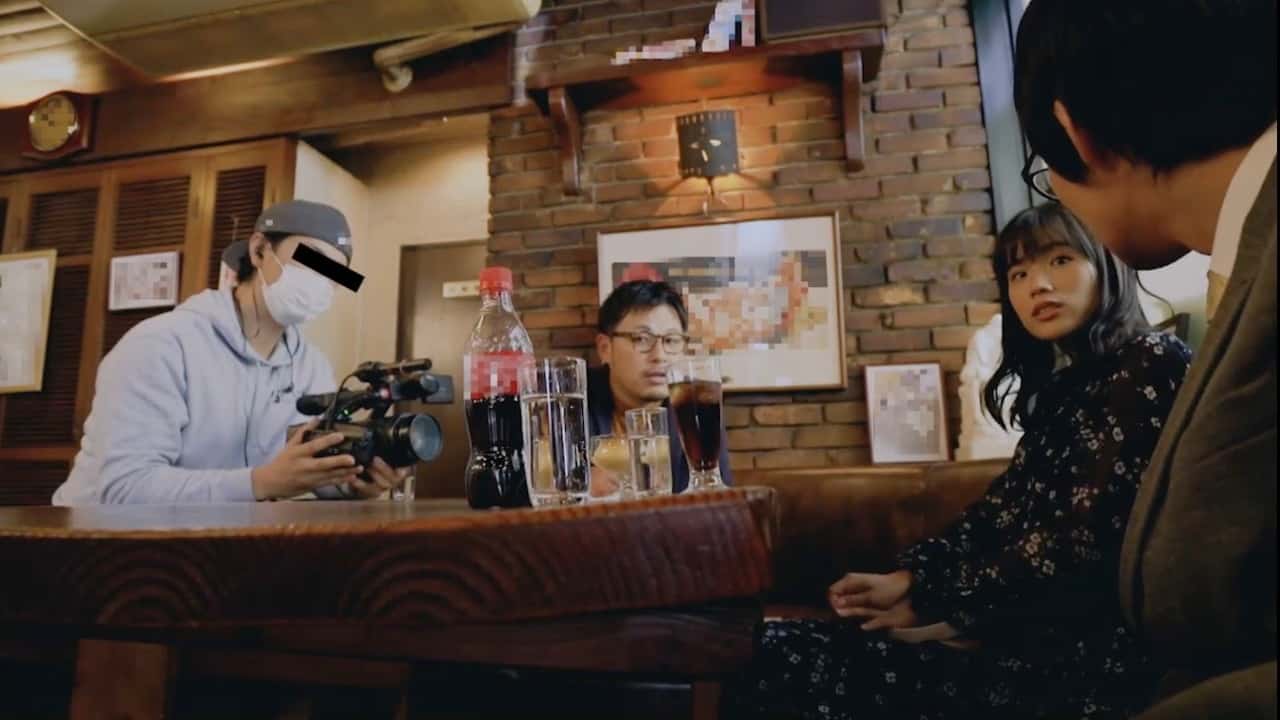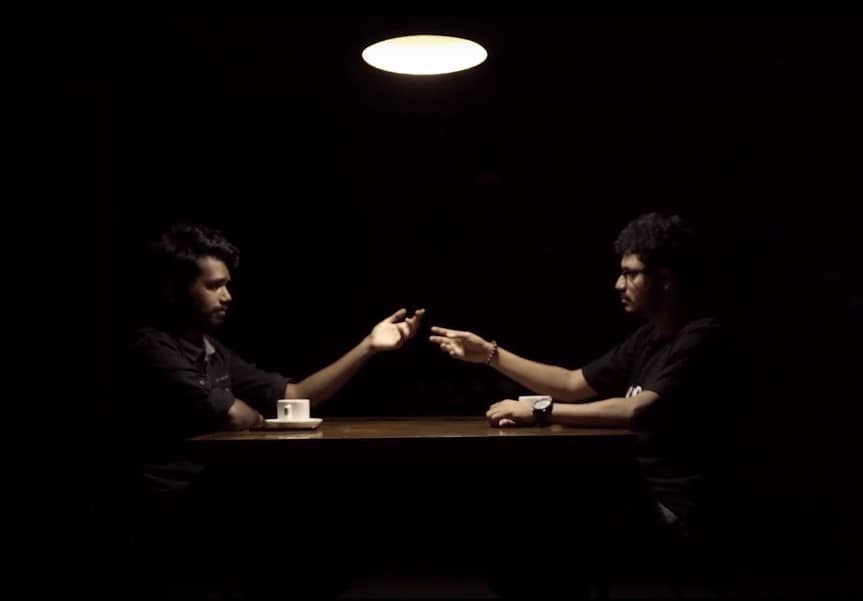Renowned for his contributions to art-house cinema, Phuttiphong Aroonpheng has garnered acclaim as a screenwriter and cinematographer. Additionally, its directorial efforts, such as the short film “Ferris Wheel” (2015), which received Special Mention at SGIFF, and “Manta Ray” (2018), which earned the prestigious Best Film Award in the Orizzonti section at Venice, are celebrated for their profound depth and intricate layers. “Morrison” is no exception. With echoes of David Lynch's aesthetics, it takes viewers on an enigmatic journey through the trauma of war from a unique perspective.
Jimmy, the son of a Thai singer and an unknown American soldier, returns to the hotel where his parents first met. Nestled in the forest, the once-flamboyant establishment has fallen into disrepair, its narrow corridors now host spectral figures, remnants of its glory days. All characters intersect and interact, seemingly imprisoned in this timeless liminal space. Who are they? What is this place? As Jimmy navigates the labyrinthine corridors of the decaying hotel, he encounters a surreal landscape that serves as a metaphorical space reflecting layers of personal and collective memory.
Subscribe to AMP newsletter by clicking on the image below

The enigma presented in the movie does not offer all its answers, leaving ample room for interpretation. Nevertheless, one can argue that the film embarks on an aesthetic exploration of potential scenarios, repetitions, and paradoxes of history. The hotel mirrors the scars of American presence, revealing how its legacy continues to haunt Thai society. Archetypal figures, including a crude and alcoholic veteran, betray the influence of American visual motifs. Within its narrative, themes of war-induced anxieties, quests for origins, and the demise of simplistic narratives intersect, imbuing the storyline with a poignant sense of unease.
One criticism lies in the film's labyrinthine nature. Such complexity calls for a more economical and rigorous direction, devoid of superfluous embellishments. In “Morrison,” occasional meandering and the inclusion of seemingly gratuitous images detract from clarity, leaving viewers feeling somewhat adrift amidst the maze.
One of the most striking aspects is its adept use of references and intertextuality, which enrich the film's layers of meaning and invite deeper interpretation. Aroonpheng pays homage to various cinematic influences. The hotel is reminiscent of the Overlook Hotel in Stanley Kubrick's “The Shining”. The surreal juxtaposition of the sordid with the poetic, the eerie atmospherics and the idiosyncratic characters is typical of David Lynch's oeuvre (epitomized by subtle details like the character's hairstyle reminiscent of Kyle MacLachlan). Finally, Vietnam War mythology runs through all the ghostly figures (the character played by Joe Cumming is reminiscent of his role in “The Deer Hunter”).
The director revisits visual and narrative themes from his previous work, including “The Island Funeral” by Pimpaka Towira and “Anatomy of Time” by Jakrawal Nilthamrong in which he served as DoP. He therefore establishes a cohesive and circulating visual universe. For instance, understanding the spectral emergence of a disco ball in the middle of the forest requires familiarity with the exploration of poetic performances of forests and illuminated motifs in his earlier works. With all of this, the director weaves a rich tapestry of cinematic allusions that deepen the film's thematic resonance. However, some specific cultural motifs, such as the groom's Sak Yant (magical ritual tattoos), may remain obscure to non-Asian audiences.
Check the interview with the editor
The director of photography, Nawarophaat Rungphiboonsophit, delivers stunning visuals, characterized by ethereal lighting and contemplative moments set to music, allowing the audience's mind to immerse itself in perfectly composed and illuminated images. Additionally, Matthieu Laclau's editing, known for his work on recent features by Jia Zhangke and Diao Yinan, is subtle yet effective. However, the film's slow pace lends it a somewhat static and contemplative quality, which may affect its overall rhythm.
The cast's performances significantly enhance its ethereal ambiance, characterized by restrained reactions and frozen expressions that amplify the sense of disorientation. Despite the scarcity of dialogue, the ensemble effectively conveys a pervasive aura of ambiguity and mystery. The actor's contribution to the floating atmosphere is evident from the opening scene, where characters' stoic faces are bathed in vibrant colors from spotlights and a disco ball, defying the scene's credibility and instead ushering us into a realm of ghostly figures, detached from the events and reactions they are supposed to evoke.
In conclusion, “Morrison” is a mesmerizing exploration of trauma, memory, and the search for identity in a world haunted by the specters of the past. As Phuttiphong Aroonpheng leads audiences through the labyrinthine corridors of the Paradise Hotel, he invites them to confront their own assumptions and interpretations, ultimately leaving them with more questions than answers. He skillfully weaves together elements of surrealism and symbolism, creating a rich tapestry of imagery that lingers long after the credits roll.















